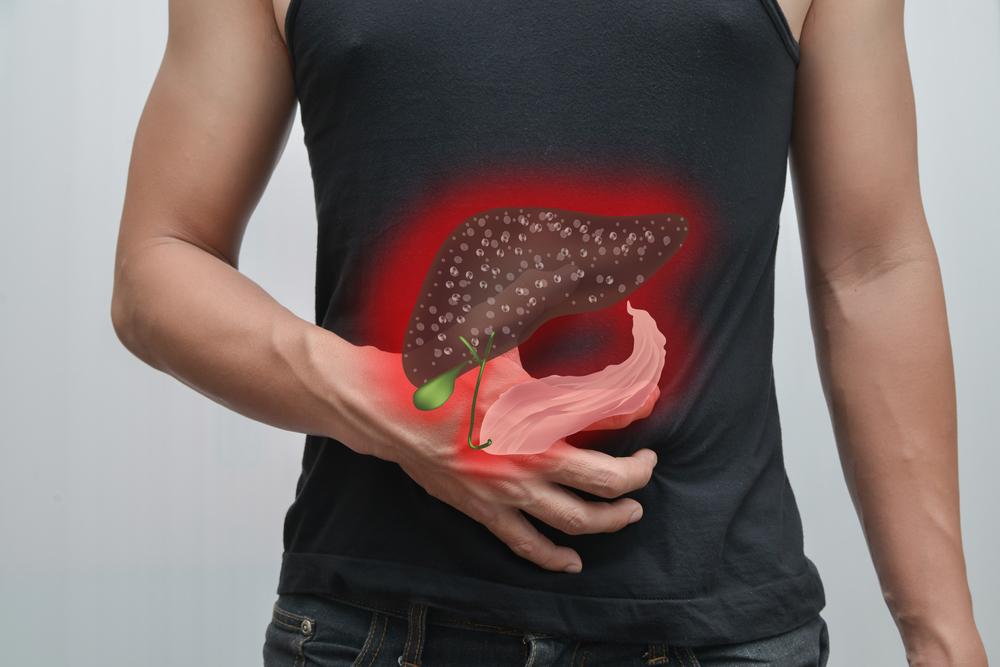Comprehensive Guide to Heart Disease: Detection, Disease Course, and Prevention Tactics
This comprehensive guide explores heart disease's diagnosis, progression, and prevention strategies. Learn about the importance of early detection, risk factor management, and lifestyle modifications to prevent serious cardiac conditions. An essential read for those aiming to improve heart health and reduce disease risk.

Comprehensive Guide to Heart Disease: Detection, Disease Course, and Prevention Tactics
Heart disease, also known as cardiovascular disease, remains the leading cause of death globally, affecting millions of individuals across diverse age groups and demographics. Its pervasive impact underscores the critical need for increased awareness, early diagnosis, and effective prevention strategies. Understanding the intricacies of heart disease—how it develops, how it can be detected early, and what measures can be taken to prevent its progression—is essential for both healthcare professionals and the general public.
Detecting heart disease involves a multifaceted approach, utilizing a variety of diagnostic tools. Standard tests like chest X-rays can provide basic insights into heart size and chest anatomy, while blood tests can reveal markers related to heart damage, cholesterol levels, and overall metabolic health. The electrocardiogram (ECG) remains one of the most widely used initial tests to assess heart rhythm and electrical activity. Advanced imaging techniques such as Magnetic Resonance Imaging (MRI), Computed Tomography (CT) scans, and echocardiography offer detailed views of heart structure and function, enabling clinicians to identify issues like blockages, valve problems, or myocardial damage with high precision.
As the disease progresses, it typically passes through various stages, ranging from Stage A to Stage D. Stage A encompasses individuals at high risk but without evidence of structural heart disease or symptoms. Stage B describes patients with structural heart changes but without symptoms of heart failure. Stage C involves those with past or current symptoms of heart failure, and Stage D reflects advanced disease where symptoms are refractory despite treatment. Recognizing these stages is vital for tailoring treatment strategies and improving patient outcomes.
Prevention plays a pivotal role in reducing the overall burden of heart disease. The foundation of prevention involves controlling major risk factors such as hypertension (high blood pressure) and hyperlipidemia (high cholesterol levels). Lifestyle modifications are the cornerstone, emphasizing a balanced diet rich in fruits, vegetables, whole grains, lean proteins, and healthy fats. Regular physical activity—such as brisk walking, cycling, or swimming—helps strengthen the heart and improve circulation. Avoiding smoking and limiting alcohol consumption are crucial steps to mitigate risk. Moreover, managing stress levels, ensuring adequate sleep, and maintaining a healthy weight further contribute to heart health.
Emerging strategies also focus on public health initiatives and community programs aimed at raising awareness about heart disease and promoting healthier lifestyles. Pharmacological interventions, including statins, antihypertensives, and antiplatelet agents, are employed as necessary to manage specific risk factors and prevent disease progression. Advances in genetic testing and personalized medicine are opening new avenues for early detection and targeted therapy.
In conclusion, understanding the dynamics of heart disease—its diagnosis, progression, and prevention—is essential in the fight against this global health challenge. Early detection through comprehensive testing, recognizing the different stages of the disease, and adopting proactive lifestyle changes are all critical measures that can significantly reduce morbidity and mortality associated with cardiovascular conditions. By fostering awareness and implementing preventive strategies, we can work towards a healthier future with fewer heart-related illnesses and deaths.





